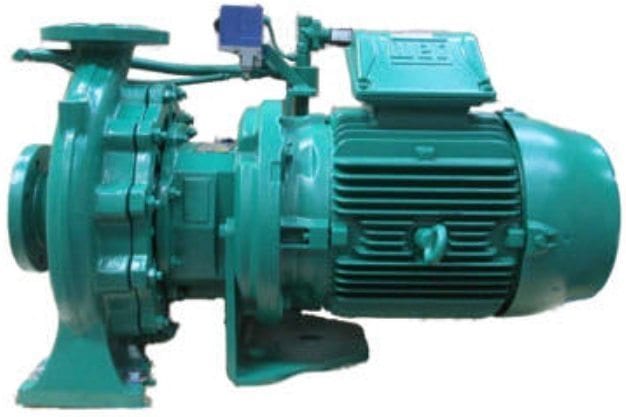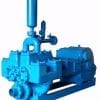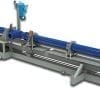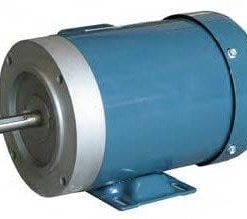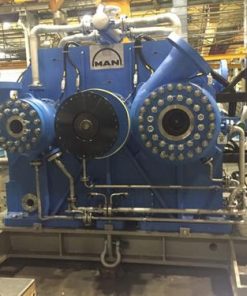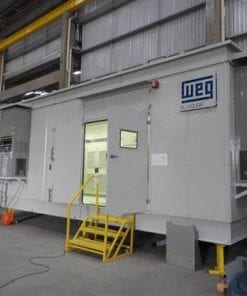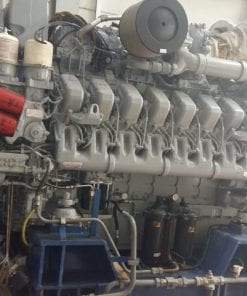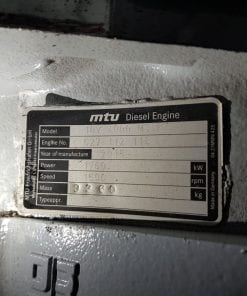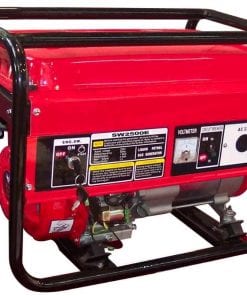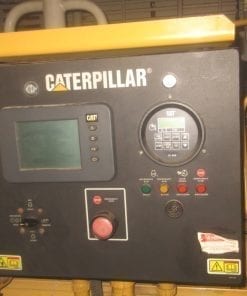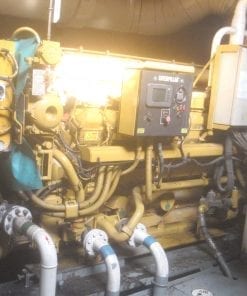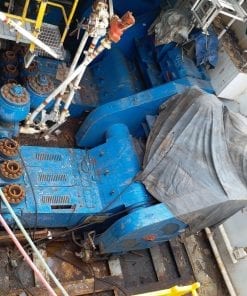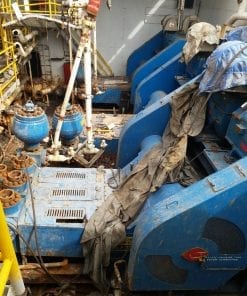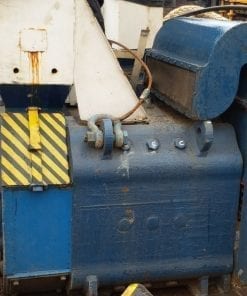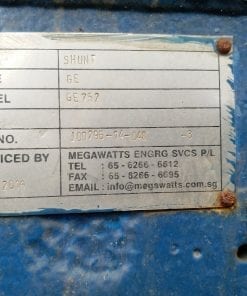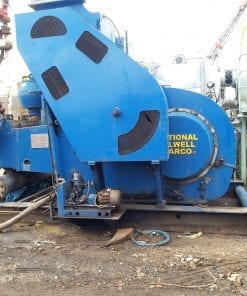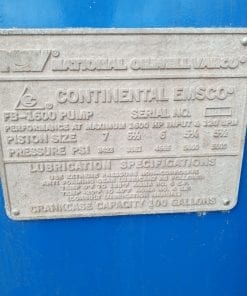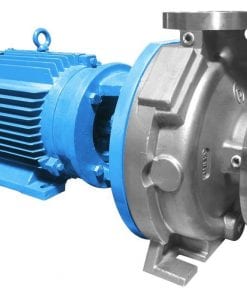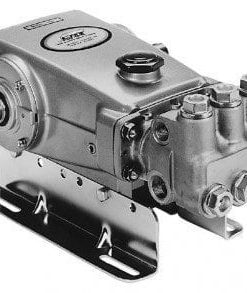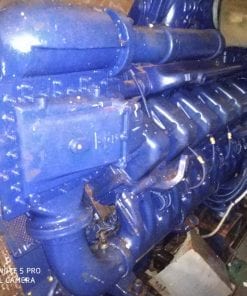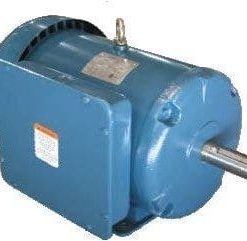A Self Priming centrifugal pumps are a machine that uses rotation to impart velocity to a liquid and then converts that velocity into flow.
Close Coupled Self Priming Centrifugal Pumps
Self priming Centrifugal pumps are a type of end-suction centrifugal pump which can operate in a suction-lift configuration without requiring an external priming system. A standard pump needs to have a suction pressure to operate. If a pump is situated above the liquid level such as on top of a tank then the pump needs to self prime to draw the liquid in to the inlet. Self priming centrifugal pumps should have the casing filled with liquid prior to start up. Upon starting, the pump creates a vacuum ensuring liquid is drawn towards the inlet of the pump, separating the air from the water. The air is discharged through the outlet with the liquid remaining in the pump until sufficient liquid enters the pump.
Applications of Self Priming Centrifugal Pumps
The liquid placed in the pump head prior to start up is needed to allow the pump to cool and assist with priming. As well as light fuels and water, self priming centrifugal pumps can also handle solids, and liquids with entrained air.
Self priming centrifugal pumps are used for a variety of applications including:
- Water transfer
- Seawater transfer
- Light fuel transfer
- Boiler circulation
- Inert gas cooling
- Bilge pumping
- Air conditioning supply
- Fire fighting
Self priming water pumps should be positioned as close as possible to the suction surface as the maximum distance any pump is able to self-prime is 10 metres at atmospheric pressure.
The centrifugal pump is the most used pump type in the world. The principle is simple, well-described and thoroughly tested, and the pump is robust, effective and relatively inexpensive to produce.
An increase in the fluid pressure from the pump inlet to its outlet is created when the pump is in operation. This pressure difference drives the fluid through the system or plant.
The centrifugal pump creates an increase in pressure by transferring mechanical energy from the motor to the fluid through the rotating impeller. The fluid flows from the inlet to the impeller centre and out along its blades. The centrifugal force hereby increases the fluid velocity and consequently also the kinetic energy is transformed to pressure.

